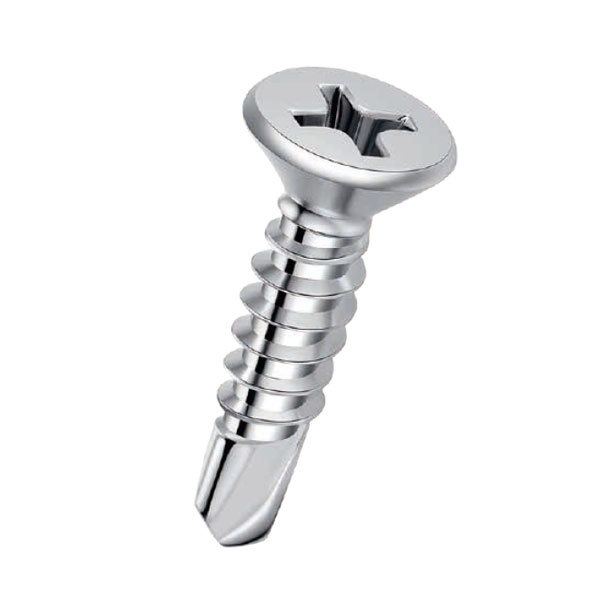Effective Methods for Repairing Large Screw Holes in Drywall with Durable Filling Solutions
Filling Large Screw Holes in Drywall A Step-by-Step Guide
Drywall is a popular material used in the construction of interior walls due to its smooth finish and ease of installation. However, over time, it can become damaged or develop unsightly holes, especially from screws that have been removed or from heavy fixtures that were once mounted on the wall. Filling large screw holes in drywall is essential not only for aesthetic reasons but also to maintain the structural integrity of your walls. This article provides a detailed guide on how to successfully fill large screw holes in drywall.
Why Fill Screw Holes?
Screw holes can occur for several reasons, such as removing wall-mounted shelves, brackets, or simply from wear and tear. If left unfilled, these holes can make your walls look unattractive and can lead to further deterioration if moisture seeps in, potentially causing mold growth. Properly filling and finishing these holes can restore the appearance of your walls and improve the overall look of your space.
Tools and Materials Needed
Before you begin the process of filling large screw holes, gather the necessary tools and materials
- Drywall compound (joint compound) - Putty knife (preferably 6 inches wide) - Sanding sponge or sandpaper (fine grit) - Primer and paint - Utility knife - Clean cloth - Optional Drywall patch or mesh tape (for very large holes)
Step-by-Step Process
Step 1 Prepare the Area
Start by cleaning the area around the screw hole. Use a clean cloth to remove any dust, debris, or loose pieces of drywall that may interfere with the filling process. If the hole is rough around the edges, use a utility knife to create a clean, square cut around the hole, making it easier to fill.
Step 2 Apply Joint Compound
filling large screw holes in drywall

Using your putty knife, apply a thin layer of drywall compound directly into the hole. For larger holes, you may need to use a drywall patch or mesh tape to reinforce the area. If using a patch, adhere it to the wall first, then apply the joint compound over it. Make sure to feather the edges so that the compound blends smoothly with the surrounding wall.
Step 3 Smooth and Level
After applying the joint compound, use your putty knife to smooth it out. The goal is to create an even surface that matches the texture of the surrounding drywall. Don’t worry if it’s not perfect at this stage; you can sand it down later.
Step 4 Let it Dry
Allow the joint compound to dry completely. This may take anywhere from a few hours to overnight, depending on the product you use and the humidity in your environment. Check the manufacturer’s instructions for specific drying times.
Step 5 Sand the Area
Once the joint compound is dry, use fine-grit sandpaper or a sanding sponge to gently sand the area. This step is crucial for achieving a smooth finish. Be careful not to sand too hard, as you don’t want to damage the surrounding drywall.
Step 6 Prime and Paint
After sanding, wipe the area with a clean cloth to remove any dust. Apply a coat of primer to the filled hole to seal the compound and prepare it for painting. After the primer dries, paint over the area with your chosen wall color, blending it seamlessly with the rest of the wall.
Conclusion
Filling large screw holes in drywall is a straightforward process that can greatly enhance the appearance of your walls. By following these steps—preparing the area, applying joint compound, smoothing and leveling, allowing it to dry, sanding, and finally priming and painting—you can achieve a professional-looking finish. This task not only improves the aesthetics of your home but also helps maintain its value and integrity. Happy repairing!
-
Top Choices for Plasterboard FixingNewsDec.26,2024
-
The Versatility of Specialty WashersNewsDec.26,2024
-
Secure Your ProjectsNewsDec.26,2024
-
Essential Screws for Chipboard Flooring ProjectsNewsDec.26,2024
-
Choosing the Right Drywall ScrewsNewsDec.26,2024
-
Black Phosphate Screws for Superior PerformanceNewsDec.26,2024
-
The Versatile Choice of Nylon Flat Washers for Your NeedsNewsDec.18,2024










